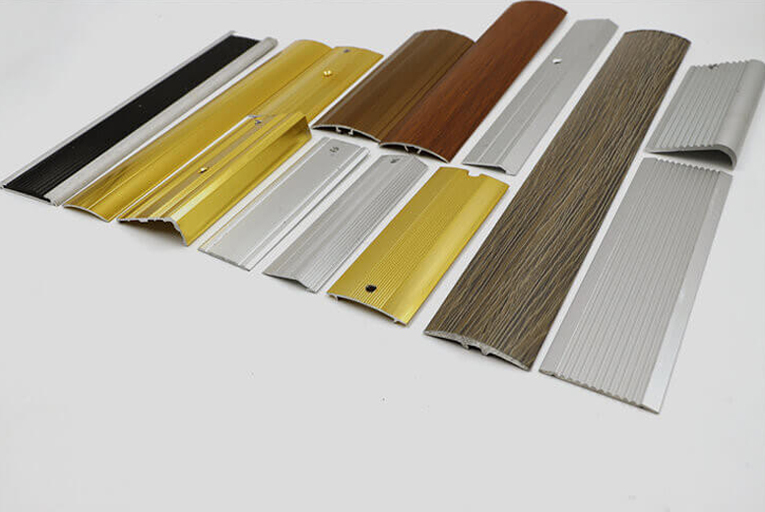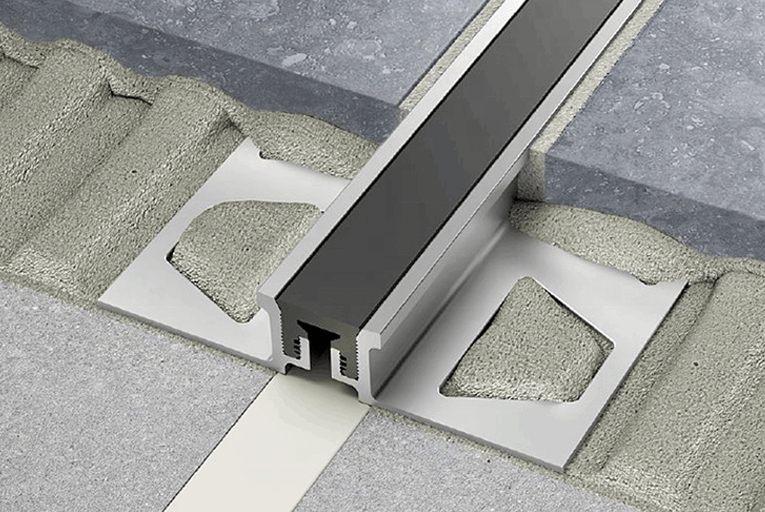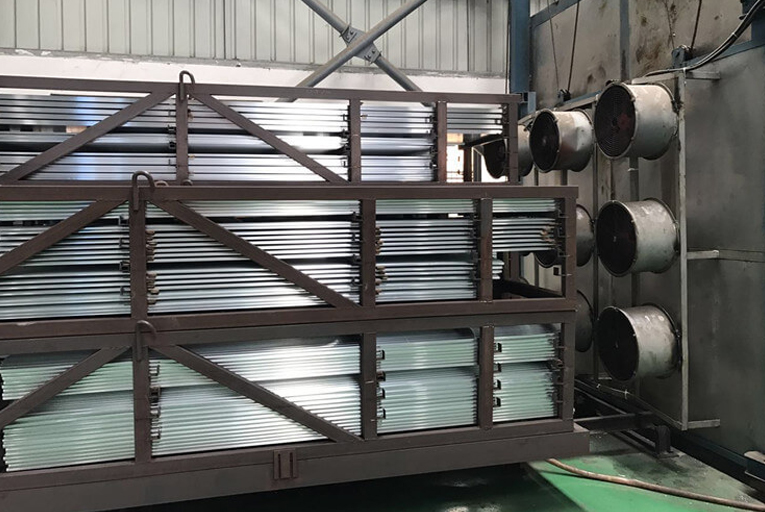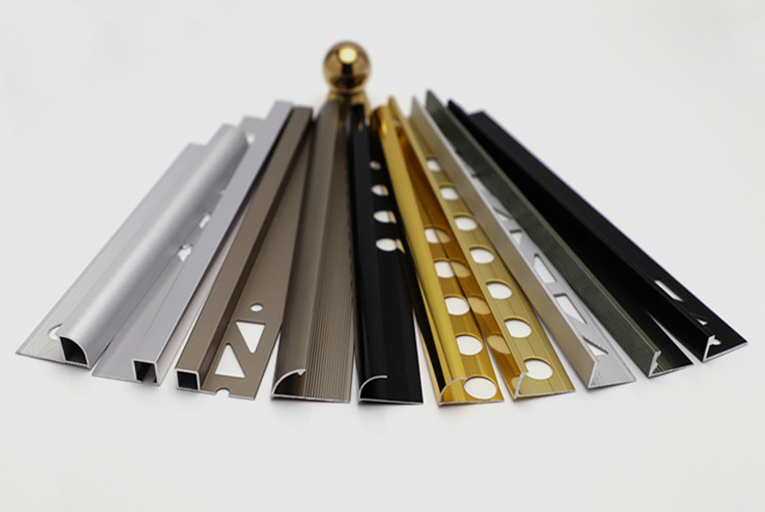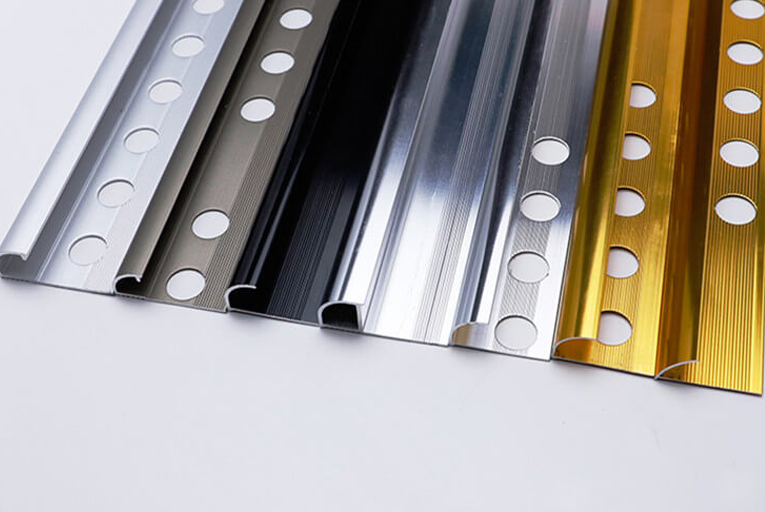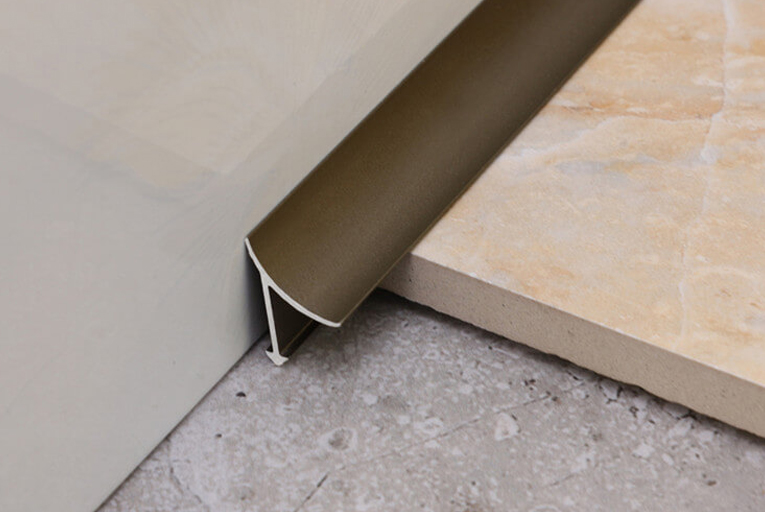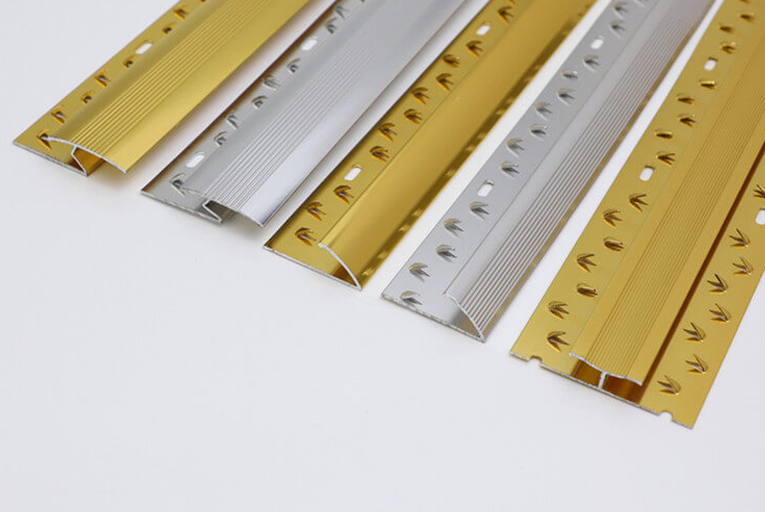How to Choose the Right Thickness for Exterior Tile Trim
Introduction:
In the intricate world of tile installations, the thickness of exterior tile trim may seem like an afterthought. Yet, this seemingly insignificant detail can profoundly impact the aesthetics, durability, and overall success of your outdoor tiling project. Choosing the right thickness is akin to crafting a symphony—a harmonious balance between form and function.
Understanding Thickness Options:
Exterior tile trim typically comes in a range of thicknesses, each tailored to specific applications and installation methods. The most common thicknesses include:
1/4 inch: Ideal for most standard tile installations, providing a clean and subtle transition between the tile and the surrounding surface.
3/8 inch: A slightly thicker option offering enhanced durability and protection against chipping or breakage in high-traffic areas.
1/2 inch: The thickest option, designed for heavy-duty applications such as patios or pool decks, where strength and stability are paramount.
Factors to Consider:
Tile Size and Weight: Thicker trim is recommended for larger or heavier tiles, as it provides more support and prevents the tile from sagging or cracking.
Installation Method: Thin-set installations typically require thinner trim, while dry-set methods allow for a thicker option.
Traffic: For areas with heavy foot traffic or the potential for impact, such as entranceways or walkways, choose a thicker trim to enhance durability.
Aesthetic Preference: The thickness of the trim can subtly alter the overall look of the installation. Thinner trim creates a more seamless transition, while thicker trim adds a bolder, more defined accent.
Additional Considerations:
Material: The thickness of the trim is also influenced by the material it is made of. Porcelain and ceramic trim are typically thinner than natural stone or metal options.
Slope: If the installation is on a sloped surface, thicker trim may be necessary to compensate for any height differences.
Grout Joints: Thicker trim requires wider grout joints, which can affect the overall appearance of the installation.
Conclusion:
Choosing the right thickness for exterior tile trim is a crucial step that requires careful consideration of the tile’s characteristics, installation method, traffic volume, and aesthetic preferences. By understanding the various thickness options and their implications, you can create a durable, aesthetically pleasing, and long-lasting tile installation that complements your exterior landscape.
-
The 6 Hottest Tile Trim Solutions for 2021
2022-02-09 -
How to Install Tile Trims Line?
2022-02-09 -
Difference Between Sandblasting and Anodizing Surface Treatment of Aluminum Tile Trim
2022-02-09 -
The Different Uses of Tile Outside Corner Edging Trim and Inside Corner Edging Trim
2022-02-09 -
The Most Popular 5 Different Materials of Tile Trim Line
2022-02-09 -
What is Carpet Cover Trim?
2022-02-09
